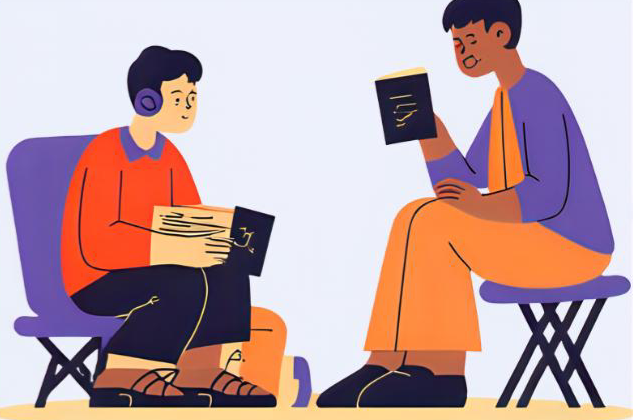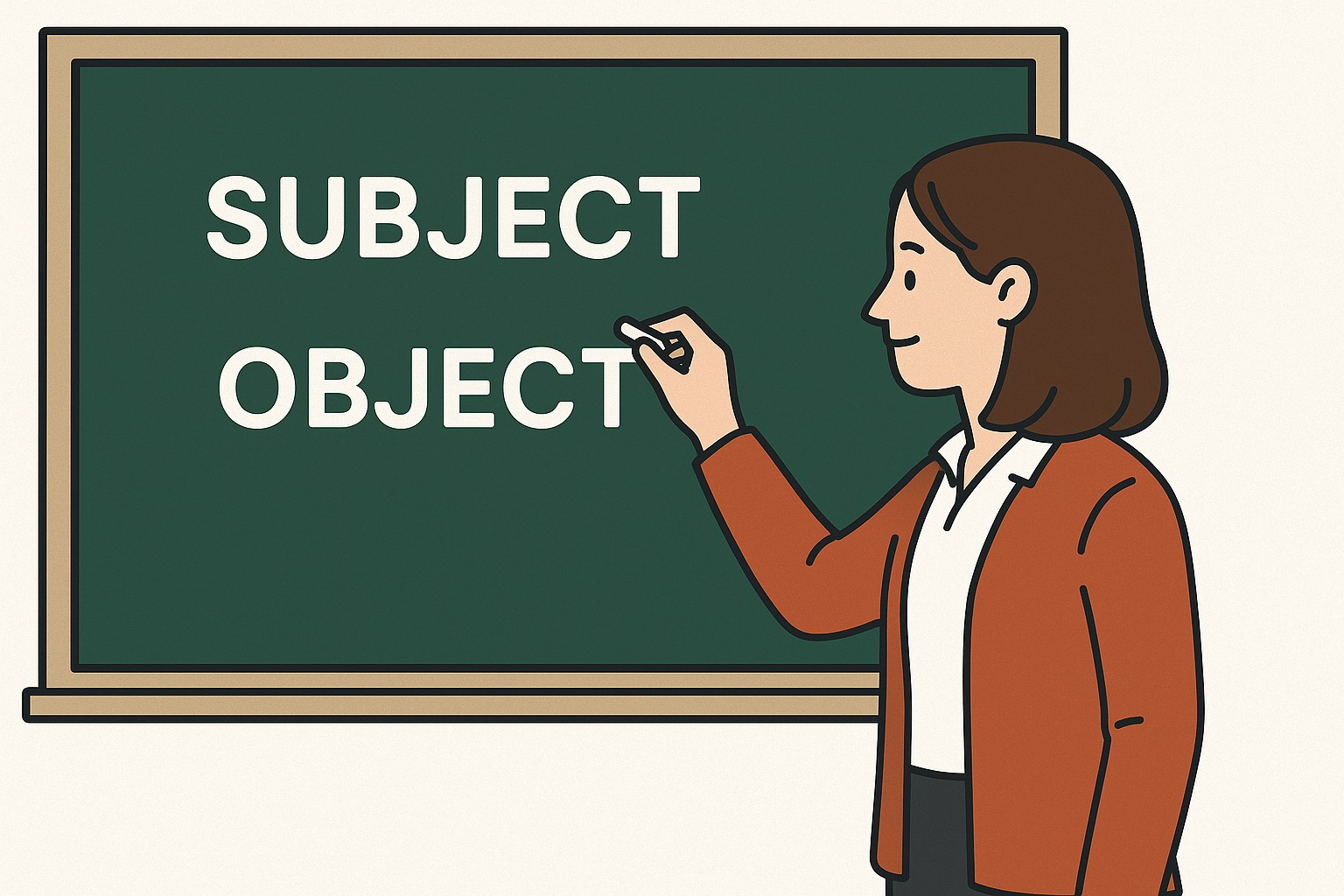Do you ever want to talk about tomorrow, next week, or even next year in English? Learning how to talk about the future is very important! The good news is, there are two common ways to talk about the future in English: will and be going to. In this post, we’ll focus on will. To learn more about using the future tense with be going to, check out this guide. English learners use the future tense with Will every day to make predictions, share plans, and even promise to do something. In this post, you’ll learn how to use the future tense with Will step by step—with simple rules, examples, and common mistakes to avoid. By the end, you’ll be ready to talk about your own future in English with confidence!
When do we use the future tense with will?
We use will to talk about:
1. Simple facts about the future
I will do my homework tonight.
2. Predictions about the future.
It will rain tomorrow.
3. Promises or offers.
I will help you with your homework.
4. Future plans or decisions made at the moment of speaking.
I’m hungry. I will make a sandwich.
Affirmative statements in the Future Tense with Will
Subject + will + base form of the main verb
She will make dinner tonight.
They will travel to Spain this summer.
The students will take a test on Friday.
The teacher will help you with your homework.
Ana will celebrate her birthday on Saturday.
We will go to the park on Sunday afternoon.
❌ He will goes to school tomorrow.
✅ He will go to school tomorrow.
❌ They will playing soccer next week.
✅ They will play soccer next week.
Contractions in the Future Tense with Will
In English, we often make sentences shorter by contracting (joining) the subject pronoun and will. This makes speaking more natural and faster.
I will → I’ll call you tomorrow.
You will → You’ll need to study if you want to pass grammar class.
He will → He’ll text you later.
She will → She’ll help us with the project.
It will → It’ll be cold tomorrow.
We will → We’ll drive to the concert.
They will → They’ll come to the party.
Negative statements in the Future Tense with Will
Subject + will not + base form of the verb
I will not watch TV tonight.
He will not go to the party.
It will not snow tomorrow.
She will not attend class on Friday.
That charger will not work on your phone.
We will not eat dinner at home tonight.
Contractions in the Future Tense with Will – Negative Statements
In a negative statement, do not contract the subject pronoun and will. Instead, you can contract will and not to form the contraction won’t.
I won’t watch TV tonight. I have to study for a test.
He won’t go to the party. He’s boring.
It won’t snow tomorrow. It’s too hot.
She won’t attend class on Friday. She has a doctor’s appointment.
That charger won’t work on your phone. It’s for iPhones.
We won’t eat dinner at home tonight. We’re eating out instead.
❌ I not will eat dinner.
✅ I will not (won’t) eat dinner.
❌ She willn’t come to the party.
✅ She will not come to the party. (or She won’t come to the party.)
Yes/No Questions and Short Answers in the Future Tense with Will
Will + subject + base form of the verb?
Will she make dinner tonight? Yes, she will. / No, she won’t.
Will they travel to Spain this summer? Yes, they will. / No, they won’t.
Will the students take a test on Friday? Yes, they will. / No, they won’t.
Will the teacher help you with your homework? Yes, he will. / No, he won’t.
Will Ana celebrate her birthday on Saturday? Yes, she will. / No, she won’t.
Will the Longhorns play on Saturday? Yes, they will. / No, they won’t. 😞
❌ You will come to class tomorrow?
✅ Will you come to class tomorrow?
❌ They will play soccer on Saturday?
✅ Will they play soccer on Saturday?
Wh- Questions in the Future Tense with Will
Wh- word + will + subject + base form of the verb
What will she make for dinner tonight?
When will they travel to Spain?
When will the students take a test?
What will the teacher help you with?
What will Ana celebrate on Saturday?
Who will the Longhorns play on Saturday?
Why won’t the dog stop barking?
How will you travel to Bogota?
❌ Where you will go on vacation?
✅ Where will you go on vacation?
❌ What she will eat for lunch?
✅ What will she eat for lunch?
Let’s Practice!
Exercise A
Unscramble the words to form affirmative statements. Use contractions if possible.
- play / will / soccer / tomorrow / they
- finish / homework / tonight / will / my / I
- visit / will / next week / their / grandparents / they
- to / will / not / go / afternoon / they / the park / this
- their / not / do / homework / will / students / the
- to / tonight / the party / will / come / she / ?
- help / class / me / will / after / my homework / you / with / ?
- play / soccer / will / Saturday / he / on /?
- see / we / movie / tonight / will / a / ?
- eat / for lunch / what / will / she / ?
- go / on vacation / where / will / you / ?
- do / tomorrow / will / he / what / ?
- help / me / will / when / you / ?
- see / who / will / at the park / we / ?
- university / which / you / at / study / will / year / next / ?
Exercise B
Correct the mistakes in each sentence (There is only 1 mistake per sentence)
- He’ll goes to school tomorrow.
- They will playing soccer next week.
- She’ll eats breakfast at 9:00.
- She willn’t come to the party.
- They won’t plays soccer.
- You’ll come to class tomorrow?
- She’ll calls you tonight?
- Where you’ll go on vacation?
- What she’ll eat for lunch?
- When he’ll come to school?
Scoring & Feedback
🔵 22 – 25 correct
Excellent work! 🎉You really understand the future with will. Keep using it in your everyday conversations and writing.
🟢 19 – 21 correct
Great job! ✅ You have a good understanding of the future with will. Review the ones you missed.
🟡 15 – 18 correct
Good effort! 💪You’re learning, and that’s what matters. Take a moment to review the examples and do the quiz again.
🔴 0 – 14 correct
No worries! 🌱 The future with will can be tricky at first. Go back and review the examples in the lesson.
Remember! Learning a language is not about perfection—it’s about progress. Every time you say “I will learn English” you are using the future tense with will to tell the truth about your journey. Keep practicing, stay curious, and trust the process. Your English is not standing still—it’s moving forward, step by step.



